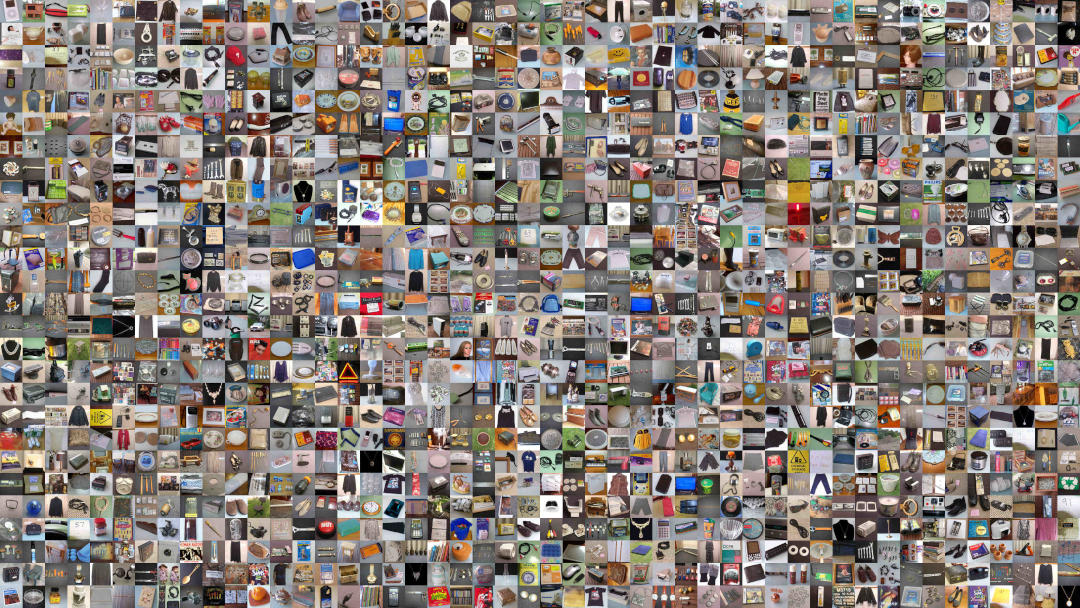Do you enjoy buying something new?
- The fresh, new smell.
- That tastefully contrived packaging.
There’s no denying the satisfaction we derive from a product that’s never had a previous owner.
So why, according to the Gumtree Second Hand Economy Report 2020, has the Australian market for pre-owned goods increased by AUD $3 billion over any other year in the previous decade?
As you are about to read, purchasing an item second hand is a great way to save, and in more ways than you might imagine.
Save on Upfront Cost
Of course, second hand items almost always cost less than their new counterparts. So by buying second hand, this is the first way it’s possible to save, and probably the most obvious.
A general rule of thumb I use for pricing items in my store that cost from $20 and $200 new, is to price them at 1/3 of their new purchase price, as advertised at online retailers. There are of course exceptions to this rule, such as:
- Vintage items, or items not available new
- Items that are new but without tags or packaging.
- Damaged, faulty or broken items
For example, I recently sold a used cat carrier for $39.00, a similar new carrier was advertised online for $74.95.
In this case, the proportion was 41%.
Looking at this another way, that’s 59% extra just for the new plastic smell. Is Moggie really going to appreciate that?
Save on Depreciation
This dramatic drop in the value of new household items as they are unwrapped and used for the first time, is further reason to buy used in the first place. There is a limit to how much further the value of a used item can decrease.
In fact, often overlooked is how a used item may appreciate in value as it get’s older, rarer, and more collectable. The old iPod collecting dust in the bottom drawer could be worth far more than you paid for it, even $19,999.99.
Not everything will appreciate like this, and it’s sometimes difficult to tell what will. But if items purchased second hand keep a steady value, or possibly appreciate, then that’s a great thing.
The average Australian household, as of 2010, contains a contents value in excess of AUD $61,000. Buying second hand is a great way to prevent the loss of that value in your household.
Save The Environment
Buying second hand reduces the need to manufacture a new product. This in turn will reduces raw materials, space in landfills and energy that otherwise need to be supplied by planet Earth.

Raw Materials: The extraction of raw materials causes far more damage than a hole in the ground. The environmental impacts include erosion, sinkholes, water and air contamination, loss of biodiversity, deforestation, health effects on humans, and finally, the possibility that essential elements will simply run out.

Space in Landfills: Unlike many other wastes, household items and their packaging products are often made from materials that do not readily break down and are difficult to recycle.
For instance, expanded polystyrene foam is a popular material used for packaging, due to it’s light weight and rigidity. However, in 2011 less than 11% of EPS was recycled in New South Wales. Due to it’s low density, this material occupies a large volume in landfill.

CD’s and DVD’s might be used once or twice, yet will never decompose in landfill, not even in 1 million years, only degrading enough to leech BPA’s into the surrounding environment. Putting this into perspective, the area immediately surrounding the Chernobyl nuclear power plant will be safe to re-inhabit long before that CD has gone away.
Energy: Embodied energy is the energy required to manufacture an item. At present, the majority of this energy is sourced from fossil fuels, the consumption of which contribute to climate change. The amount of embodied energy contained within a household’s contents is immense. A New Zealand study found that in a new home with 9 rooms, it took 498 gigajoules of energy to produce the furniture, appliances and other contents. To put this into perspective, 498 gigajoules of electricity is more than enough to drive a common electric vehicle to the moon and back.
Conclusion
If second hand is not something you had considered before reading this article, 56% of Australians believe that the lingering effects of the Covid-19 pandemic will cause the second hand economy to grow. Now is the right time to dive in and give it a go. Personally, I’d always look for a pre-owned item first before considering new.
Peer to peer marketplaces, such as eBay, Gumtree, Facebook Marketplace and Etsy are all great places to find second hand goods. Even though there are also many new items for sale in these marketplaces, in most cases a filter can be applied to display only used items.
But for those who are uncomfortable with the idea of dealing with unknown and inexperienced private sellers through these platforms, there are a plethora of opportunity shops selling in store and online, and finally of course, my own collection.
Do you believe that used is the new new? Please let us all know in the comments below.


